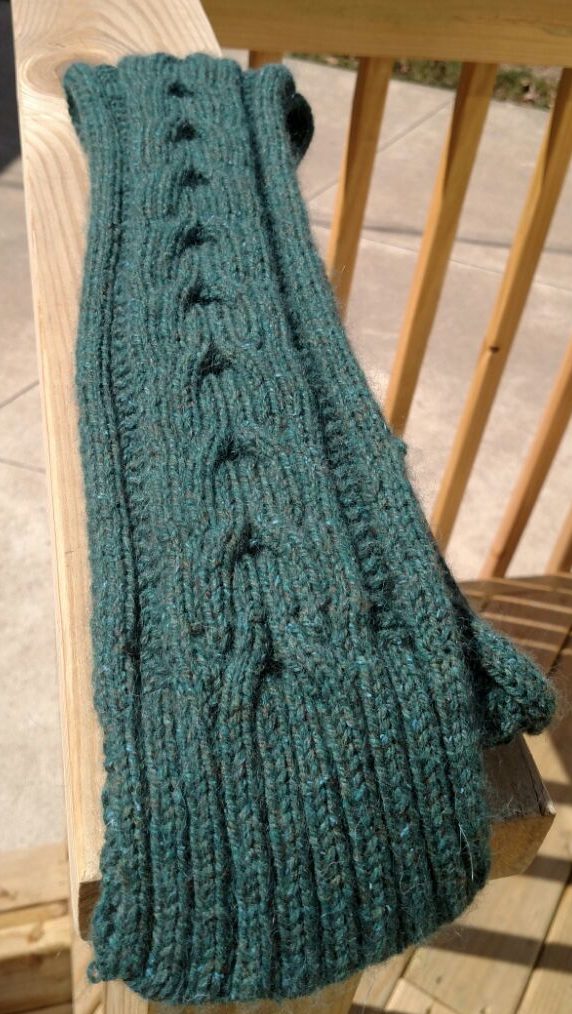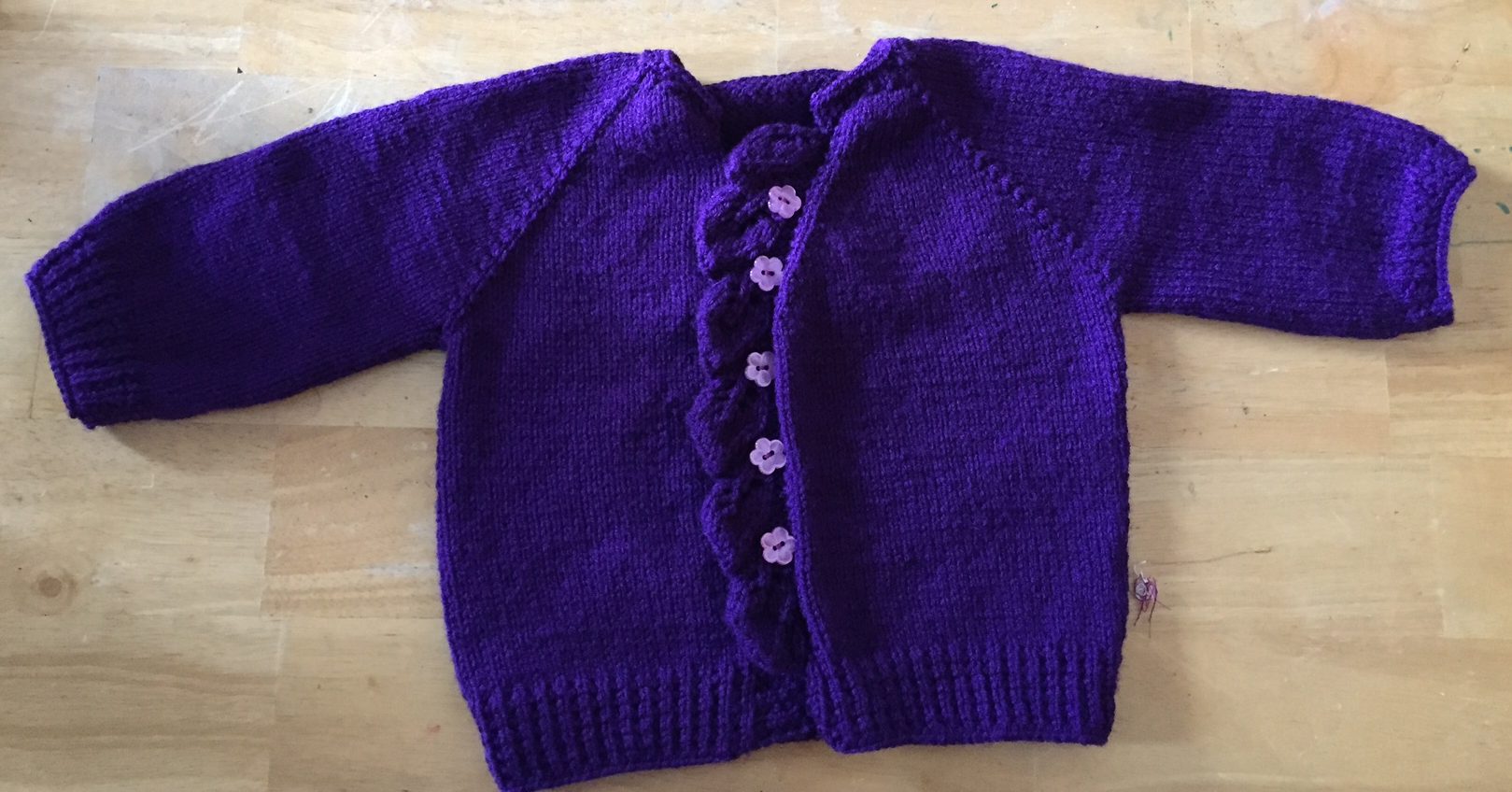I’ve been a knitter off and on since I was twelve. In my thirties, I started getting serious about advancing my knitting skills and learning how to incorporate knitting into my career as a therapist. It was fun to challenge myself by learning new patterns and stitches and the repetition in knitting made it a good way to unwind and relax.

Little did I know that using knitting to relax would be put to the test after I had my first mammogram. My doctor recommended a baseline mammogram but at the time, I wasn’t worried about breast cancer. I even put it off for a year before going in December 2014 because I had no family history or a lump. I remember knitting in the waiting room for my mammogram and for the subsequent ultrasound that I ended up needing. I kept knitting as I watched women come and go for their exams while I was still waiting. Knitting helped to quiet the “what if” voice that kept trying to push through my mind.
When I waited to have a biopsy because of my ultrasound results, I kept knitting to calm my worries and help me focus on the moment. It was also a great conversation starter as other women in the room asked about my knitting. Even the nurse performing my biopsy was a knitter!
On January 2, 2015, I was diagnosed with DCIS. Following my diagnosis, I knitted at every doctor’s appointment, as we decided the best treatment plan, while I waited to go for my double mastectomy, prepared for my reconstruction, during recovery for both surgeries and as I dealt with losing my job. Through all this, I just kept knitting. “Can I keep knitting?” was at the top of my question list for every doctor.
I knitted for so many reasons during this time. To help me cope with questions like What next? Why me? Why now? I knitted when information and choices became too overwhelming. I knitted as my sister and husband were discussing options with doctors. Knitting was something I could control during an out of control time in my life. I was able to follow patterns and create beautiful pieces in the process. The more I knitted, the more I felt like myself. I could even see my recovery in my knitting.

Looking back, it’s clear knitting helped quiet the background chatter in my head and process the information so I could make the best decisions for myself. There were still plenty of moments of tears, anxiety and anger, but I have no doubt that knitting helped me through those times. A few pints of gelato also helped. I am lucky since my cancer was caught early and today I am healthy with no evidence of disease. Every few months I need follow-up appointments and you’ll find me in the waiting room of my oncologist’s office knitting away. I cannot control the outcome of those follow-up visits, but I can control my knitting.
Now, I teach knitting as a tool to help others cope with challenges in their lives and manage their anxiety. I’ve seen the benefits of knitting as it helps people cope with unfavorable diagnoses, substance abuse and the anxieties of daily life. Whether you’re an expert or new to knitting – it offers you control and a hobby you can share with others.
Read more about the research and science behind the therapeutic benefits of knitting here:
Interested in learning how to knit or want to connect with knitters in your area?
Ravelry
American Craft Council
Knit Purl Hunter
***
Thank you, Andrea, for sharing how knitting helped reduce anxiety and cope with your breast cancer diagnosis and treatment!
We have a number of helpful presentations from others on maintaining emotional wellness during and after breast cancer. Check out a few here:
Survivor and Self: Nurturing, Wellness, Becoming Whole Again by Jean Rowe, LCSW, OSW-C, CJT (PowerPoint Presentation)
Surviving and Thriving Ever Day of My Life by Kimberly Jewett
Living Fully With, Through and After Cancer by Tambre Leighn, MA, CPC, PCC, ELI-MP (PowerPoint Presentation)
Clearing the Clutter - Mental & Physical Space by Carolyn Koehnline, MA (Presentation Document)
Journaling: Healing with Words by Howard M. Rice
Managing Fear of Recurrence and Anxiety by Julie Larson, LCSW
(PowerPoint Presentation)
Connecting with others who understand is also a great way to work through anxiety. Sign up for an Online Video Support Group or reach out to the amazing women in your local Face 2 Face Network.




